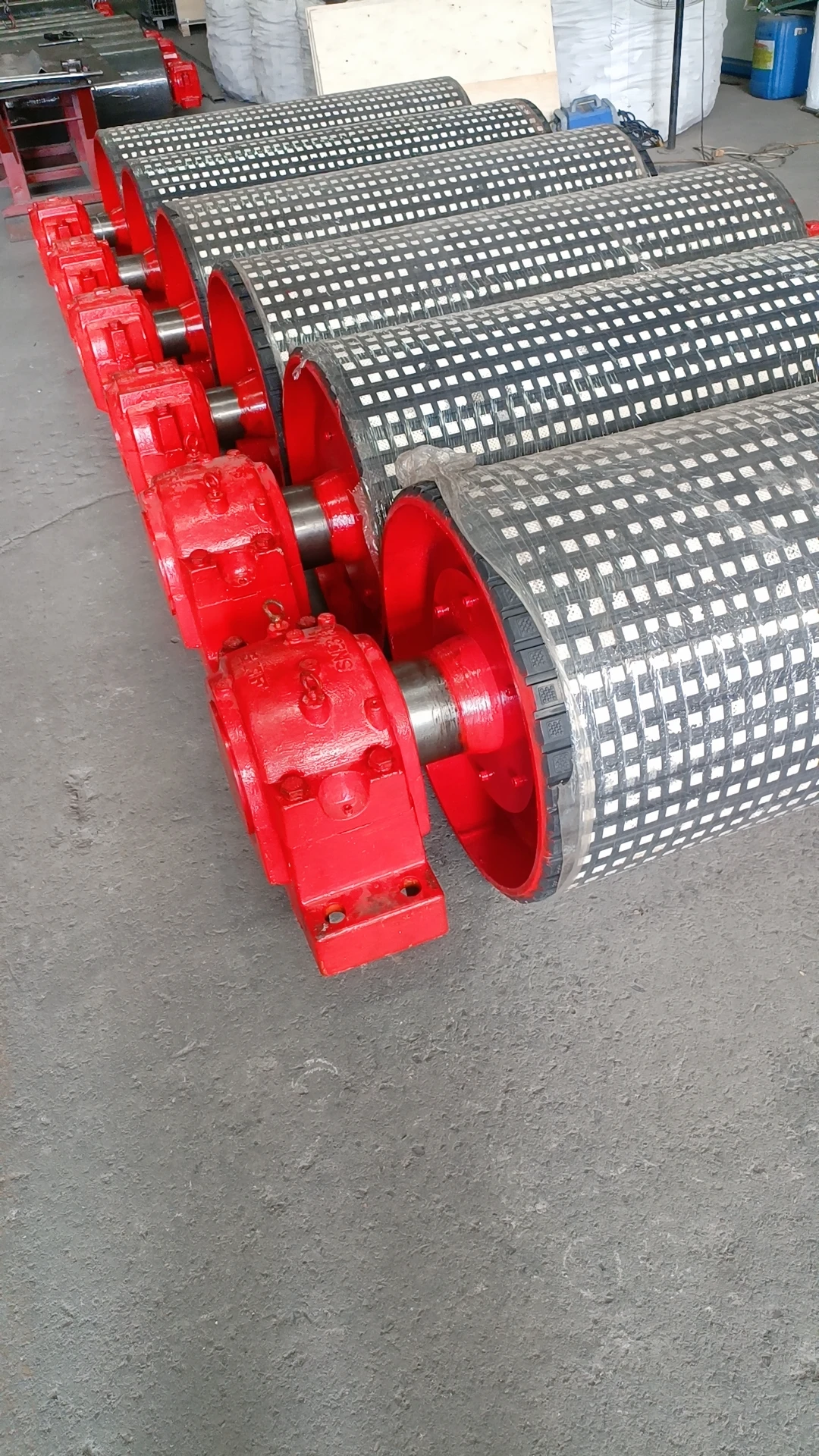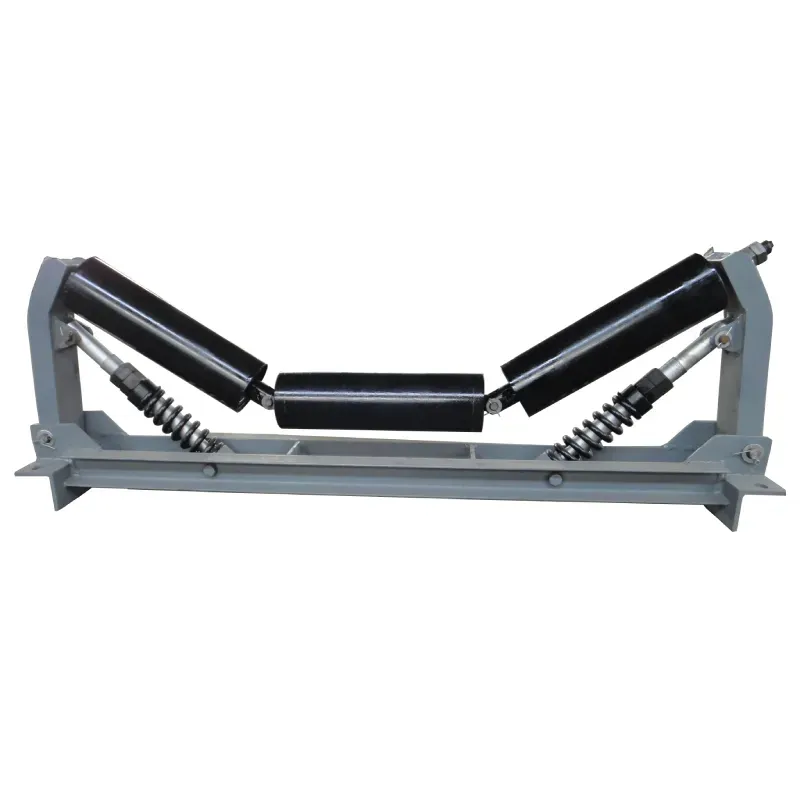 Afrikaans
Afrikaans  Albanian
Albanian  Amharic
Amharic  Arabic
Arabic  Armenian
Armenian  Azerbaijani
Azerbaijani  Basque
Basque  Belarusian
Belarusian  Bengali
Bengali  Bosnian
Bosnian  Bulgarian
Bulgarian  Catalan
Catalan  Cebuano
Cebuano  Corsican
Corsican  Croatian
Croatian  Czech
Czech  Danish
Danish  Dutch
Dutch  English
English  Esperanto
Esperanto  Estonian
Estonian  Finnish
Finnish  French
French  Frisian
Frisian  Galician
Galician  Georgian
Georgian  German
German  Greek
Greek  Gujarati
Gujarati  Haitian Creole
Haitian Creole  hausa
hausa  hawaiian
hawaiian  Hebrew
Hebrew  Hindi
Hindi  Miao
Miao  Hungarian
Hungarian  Icelandic
Icelandic  igbo
igbo  Indonesian
Indonesian  irish
irish  Italian
Italian  Japanese
Japanese  Javanese
Javanese  Kannada
Kannada  kazakh
kazakh  Khmer
Khmer  Rwandese
Rwandese  Korean
Korean  Kurdish
Kurdish  Kyrgyz
Kyrgyz  Lao
Lao  Latin
Latin  Latvian
Latvian  Lithuanian
Lithuanian  Luxembourgish
Luxembourgish  Macedonian
Macedonian  Malgashi
Malgashi  Malay
Malay  Malayalam
Malayalam  Maltese
Maltese  Maori
Maori  Marathi
Marathi  Mongolian
Mongolian  Myanmar
Myanmar  Nepali
Nepali  Norwegian
Norwegian  Norwegian
Norwegian  Occitan
Occitan  Pashto
Pashto  Persian
Persian  Polish
Polish  Portuguese
Portuguese  Punjabi
Punjabi  Romanian
Romanian  Russian
Russian  Samoan
Samoan  Scottish Gaelic
Scottish Gaelic  Serbian
Serbian  Sesotho
Sesotho  Shona
Shona  Sindhi
Sindhi  Sinhala
Sinhala  Slovak
Slovak  Slovenian
Slovenian  Somali
Somali  Spanish
Spanish  Sundanese
Sundanese  Swahili
Swahili  Swedish
Swedish  Tagalog
Tagalog  Tajik
Tajik  Tamil
Tamil  Tatar
Tatar  Telugu
Telugu  Thai
Thai  Turkish
Turkish  Turkmen
Turkmen  Ukrainian
Ukrainian  Urdu
Urdu  Uighur
Uighur  Uzbek
Uzbek  Vietnamese
Vietnamese  Welsh
Welsh  Bantu
Bantu  Yiddish
Yiddish  Yoruba
Yoruba  Zulu
Zulu Discover Different Types of Belt Cleaners Superior Primary Conveyor Belt Cleaners for Efficient Cleaning
- Introduction: Overview of types of belt cleaners
- Benefits and Technical Advancements of Modern Belt Cleaners
- Comparative Analysis: Leading Belt Cleaner Manufacturers
- Custom Solutions in Belt Cleaner Implementation
- Practical Applications: Real-World Case Studies and Performance
- Choosing the Right Belt Cleaner: Critical Factors for Superior Performance
- Conclusion: Getting the Most from Different Types of Belt Cleaners

(types of belt cleaners)
1. Introduction to Types of Belt Cleaners
Industrial material handling relies heavily on conveyor systems for enhanced productivity and operational efficiency. Types of belt cleaners are critical components that help maintain optimal performance and longevity in conveyor systems by removing carryback material and minimizing maintenance downtime. Superior belt cleaners and primary conveyor belt cleaners each address specific industrial challenges, providing tailored solutions for diverse sectors such as mining, aggregate processing, and food handling. Understanding the spectrum of available cleaners, their construction, and application is essential for ensuring cost-effective operation and equipment integrity.
2. Benefits and Technical Advancements of Modern Belt Cleaners
Over the past decade, significant advancements in belt cleaner technology have dramatically reduced material spillage and belt mistracking, resulting in improved conveyor health. New materials such as ultra-high molecular weight polyurethane and advanced composite alloys increase wear-life by up to 60% compared to traditional rubber-based cleaners. Data from industry surveys indicate that operations utilizing state-of-the-art cleaners experience up to a 29% reduction in unscheduled shutdowns, with maintenance cycles extended from monthly to quarterly. Self-tensioning and automated adjustment systems have also become standard, providing consistent cleaning pressure and adapting to changing belt conditions without manual intervention. Such improvements enhance superior belt cleaners’ reputation for durability and minimal user intervention, supporting higher throughput rates and safer working conditions across industries.
3. Comparative Analysis: Leading Belt Cleaner Manufacturers
Selecting the right cleaner involves evaluating the offerings of several established manufacturers, each with distinct technologies and value propositions. The following table presents a direct comparison of leading players in the sector, showcasing critical specifications and service differentiators:
| Manufacturer | Flagship Belt Cleaner | Blade Material | Auto-Tensioning | Maximum Belt Speed (m/s) | Warranty (Years) | Global Service Network |
|---|---|---|---|---|---|---|
| Superior Industries | Exterra® Primary Cleaner | AR Steel, Polyurethane | Yes | 6.5 | 2 | North America, Australia, South America |
| Martin Engineering | QC1™ Cleaner HD | Polyurethane, Tungsten Carbide | Yes | 7.2 | 3 | Worldwide |
| Flexco | EZP1 Primary Cleaner | Polyurethane | Manual | 5.5 | 1 | Global |
| Metso | ABC70 | Polyurethane | Manual | 6.2 | 2 | Europe, Asia, Americas |
The table illustrates substantial technological and coverage differences among the manufacturers. Companies like Martin Engineering provide automated features as standard and a longer warranty, whereas Superior Industries targets rugged environments with AR steel compatibility.
4. Custom Solutions in Belt Cleaner Implementation
Standard off-the-shelf solutions, while efficient for many operations, often require customization to address unique conveyor characteristics and the specific material being handled. Custom solutions begin with detailed site audits, encompassing analysis of belt width, speed, load centering, and environmental conditions such as humidity and temperature fluctuations. Bespoke engineering teams subsequently design scraper blades—sometimes integrating hybrid materials like tungsten-reinforced polyurethane—to resist corrosive or high-moisture environments.
Customization can also entail configuring mountings for limited spatial allowances, developing automated wash-down systems for food-grade operations, and integrating IoT-based monitoring for real-time performance alerts. Critical attention to custom installation ensures scraper compatibility and maximizes debris removal efficiency, particularly with high-volume or sticky material applications. According to recent deployment reports, customized solutions have driven a 23% increase in productivity and a 15% drop in annual maintenance spending compared to generic products.
5. Practical Applications: Real-World Case Studies and Performance
The efficacy of advanced belt cleaners is evident across numerous high-demand industries. In the coal mining sector of Queensland, Australia, the integration of primary conveyor belt cleaners with secondary polyurethane blades reduced carryback by an average of 85%, as measured over a six-month span. A US-based quarry, previously battling 2,000 lbs of monthly carryback and excessive chute blockages, observed a 70% decrease in clean-up labor after upgrading to a superior belt cleaner system.
In another prominent example, an integrated pulp and paper mill in Scandinavia implemented custom dual-blade configurations on their wide conveyor systems. This approach not only cut residual material on return rollers by over 90% but also enhanced final product quality by virtually eliminating contamination. These cases demonstrate how tailored applications not only minimize material loss but also boost environment and personnel safety as documented by independent audits and user reports.
6. Choosing the Right Belt Cleaner: Critical Factors for Superior Performance
The choice of cleaner depends on a comprehensive evaluation of operational requirements and site-specific challenges. Factors such as belt speed, width, conveyed material’s abrasiveness and moisture content, and exposure to chemicals require nuanced consideration. While primary conveyor belt cleaners are efficient in removing coarse debris at the head pulley, secondary cleaners are often necessary for fine material removal further along the belt. Integrated detection systems with predictive maintenance features can further enhance system reliability and reduce unscheduled downtime.
Additionally, installation, ease of blade replacement, and after-sales support can directly impact operational continuity. For operations prioritizing minimal maintenance and rapid component swaps, quick-release tensioners and modular cleaner assemblies offer significant advantages. It is recommended that buyers consult directly with manufacturers to access in-depth audits and sample trials before finalizing their selection. This ensures the cleaner system offers superior adaptability and durability under real-world performance loads.
7. Conclusion: Getting the Most from Different Types of Belt Cleaners
Maximizing performance from various types of belt cleaners requires more than selecting an appropriately rated product—it demands attention to site conditions and a nuanced approach to integration and support. Advancements in cleaner materials, blade configuration, and control systems continue to set industry benchmarks, enabling improved throughput, reduced carryback, and more reliable operation cycles. Whether upgrading to primary conveyor belt cleaners or adopting integrated superior belt cleaner systems, informed selection coupled with professional customization leads to measurable operational benefits. Optimized belt cleaner use is foundational to achieving safety, compliance, and long-term cost control in bulk material handling environments.

(types of belt cleaners)
FAQS on types of belt cleaners
Q: What are the main types of belt cleaners used in conveyor systems?
A: The main types of belt cleaners are primary belt cleaners, secondary belt cleaners, and tertiary belt cleaners. Each type targets different stages of cleaning to ensure maximum material removal. Their selection depends on the specific requirements of your conveyor system.Q: What distinguishes superior belt cleaners from standard models?
A: Superior belt cleaners typically offer enhanced material removal, durability, and lower maintenance. They are designed with advanced materials and engineering for longer service life. Choosing a superior model can increase conveyor efficiency and reduce downtime.Q: What is the primary function of primary conveyor belt cleaners?
A: Primary conveyor belt cleaners are installed at the head pulley to remove the bulk of material stuck to the belt. They are the first line of defense for effective cleaning. Their main goal is to minimize carryback right at the discharge point.Q: Why is it important to select the correct type of belt cleaner?
A: Selecting the correct type ensures optimal belt performance and prevents material buildup, minimizing maintenance. Different operations require specific cleaner solutions based on material type and conveyor design. The right cleaner boosts productivity and reduces operational costs.Q: Can different types of belt cleaners be used together for better results?
A: Yes, combining primary and secondary belt cleaners often yields superior cleaning efficiency. This multi-stage approach removes both bulk and residual materials from the belt. Using multiple types ensures thorough belt cleaning and extends equipment life.-
Trusted Conveyor Solutions from Leading Conveyor Idler Roller ManufacturersNewsJun.27,2025
-
Reliable Return Idler Solutions for Efficient Belt Conveyor SystemsNewsJun.27,2025
-
Precision Conveyor Accessories for Streamlined Material HandlingNewsJun.27,2025
-
High-Quality Belt Conveyor Idler Solutions for Efficient Material HandlingNewsJun.27,2025
-
High-Performance Belt Conveyor Pulleys for Reliable Material HandlingNewsJun.27,2025
-
Enhancing Material Handling EfficiencyNewsJun.27,2025





























